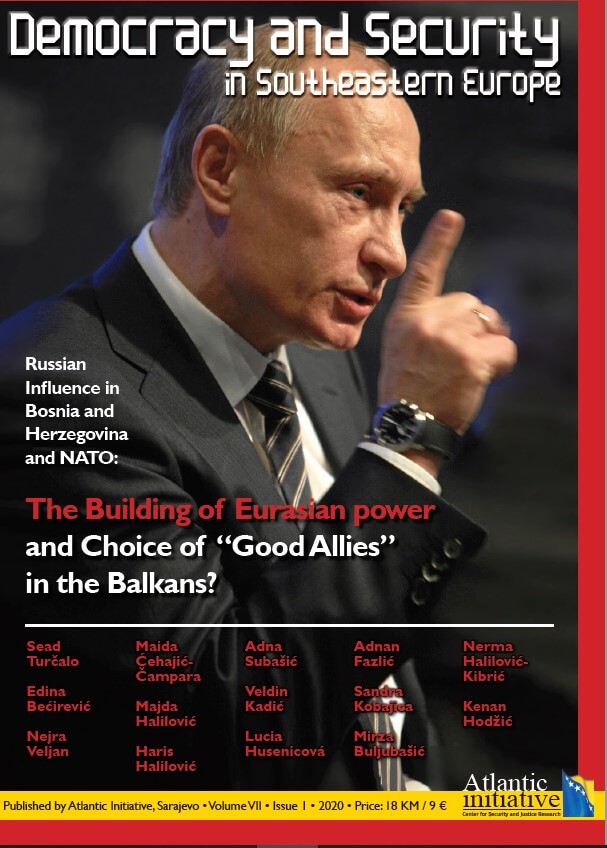A Dangerous Nexus? History, Ideology and the Structure of the Contemporary Chetnik Movement
A Dangerous Nexus? History, Ideology and the Structure of the Contemporary Chetnik Movement
Author(s): Nejra Veljan, Maida ĆehajićSubject(s): Military history, Military policy, Politics and religion, Studies in violence and power, WW II and following years (1940 - 1949), Post-War period (1950 - 1989), Transformation Period (1990 - 2010), Historical revisionism, History of European Union, Peace and Conflict Studies, Wars in Jugoslavia
Published by: Atlantska inicijativa: Udruženje za promicanje euroatlantskih integracija BiH
Keywords: Contemporary Chetnik Movement; Serb ethno-nationalists; Yugoslav era; 1945-1992; Political ideology; WW II; Ravna Gora Movement; Serbian Orthodox Church;
Summary/Abstract: During the Yugoslav era (1945–1992), the Serb ethno-nationalist Chetnik movement and its motivating ideology were unambiguously condemned in public discourse. This followed the defeat of foreign occupiers, including Italian fascists and German Nazis, who had been aided by collaborationists within Ustasha (Croat ethno-nationalist and fascist) and Chetnik ranks. Thus, in the period after World War Two, public accusations of Chetnik membership were levelled pejoratively in Yugoslavia, and it was clear: to be a Chetnik was to be a traitor. Many former members of Chetnik detachments tried to conceal or minimize their participation in the movement, but some continued fostering Chetnik ideals in the privacy of their homes, even as a shared Partisan/Yugoslav identity was publicly nourished.
Journal: Democracy and Security in Southeastern Europe
- Issue Year: VII/2020
- Issue No: 1
- Page Range: 22-40
- Page Count: 19
- Language: English

